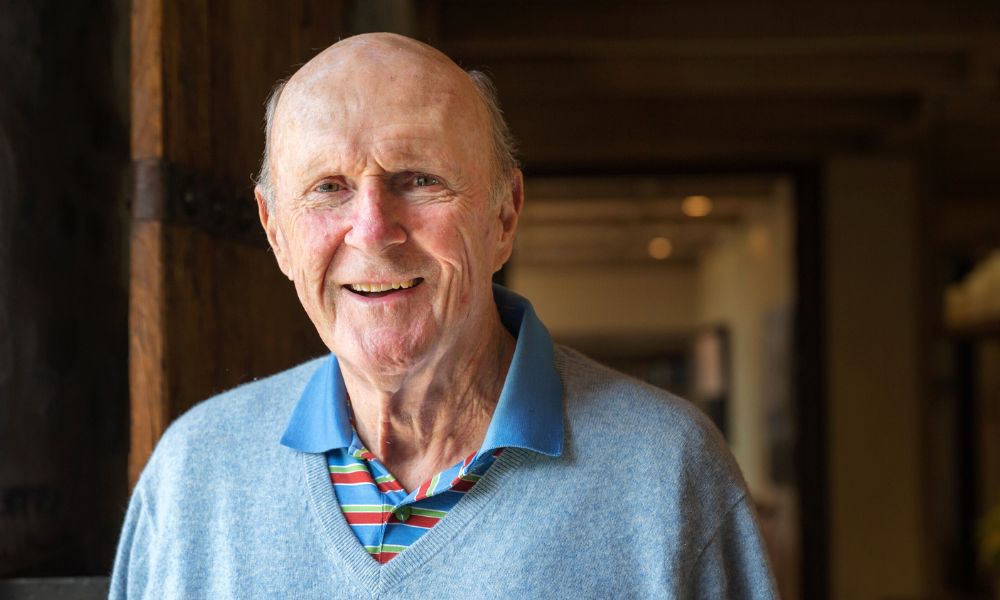When Julian Robertson questioned the prices being paid for shares in new internet companies in 1999, his hedge fund investors didn’t want to listen to him.
So, after he was yelled at for 15 minutes at an annual shareholder meeting at the Plaza Hotel in New York City in October 1999, he started to close his business.
Julian Robertson Jr. A Pioneer In Hedge Funds Demise At 90
Robertson reportedly wrote to his investors in March 2000, “There is no point in putting our investors at risk in a market I don’t understand.” “After giving it a lot of thought, I’ve decided to give all of our investors back their money, putting an end to the Tiger funds.”

The tech market began to fall apart in April 2000. Robertson just died at age 90 from heart problems, but until he was 67, he was in charge of Tiger Management, one of the best-known funds in the 70-year-old hedge fund industry. His good timing only added to his legend.
One doesn’t have to look very far to see how much of an impact he had. Tiger Management is said to have had average annual gains of more than 25% in the 20 years it was open, and many of the investment managers who learned their trade as part of Robertson’s 200-person team are now famous. People who worked with Robertson run many hedge funds.
They are known as “Tiger Cubs,” and some of them are Tiger Global, Lone Pine, Coatue Management, Viking Global, D1 Capital, and Pantera Capital.
Last year, Daniel Strachman, who wrote Julian Robertson: A Tiger in the Land of Bulls and Bears, told the Financial Times, “In a weird way, Julian Robertson touches trillions of dollars of assets under management because so many people worked for him directly or indirectly.”

Not surprisingly, Robertson’s mentees have nothing but good things to say about him as an investor and a good person. In 2017, Robertson signed the Giving Pledge, which asks people to give away at least half of their wealth.
This is in addition to Robertson’s own family foundation and the Tiger Foundation, which says it has given more than $250 million to organizations in New York City that are trying to break the cycle of poverty.
Philippe Laffont, the founder of Coatue, is one of these grateful protégés. He worked for Robertson for three years before going out on his own in 1999 with reportedly $45 million. Unlike Robertson, Laffont liked tech companies. (The next year, when the economy went down, Laffont lost money, but he got through it.)
In a statement, Laffont said, “Julian was a legendary investor and a generous mentor.” “He did so much good in the world, and he did it most of the time when no one was watching.
Without him here, we all feel more alone. He leaves behind a beautiful example that many of us will try to follow. I feel very lucky to have had him as a friend and a teacher in my life.”
Chase Coleman is another well-known person who learned from Robertson. He worked as an investment analyst at Tiger Management for almost four years before the hedge fund closed.
Coleman started Tiger Global Management the next year, in 2001. He also gives Robertson a lot of credit for his successful career.
Read More:

